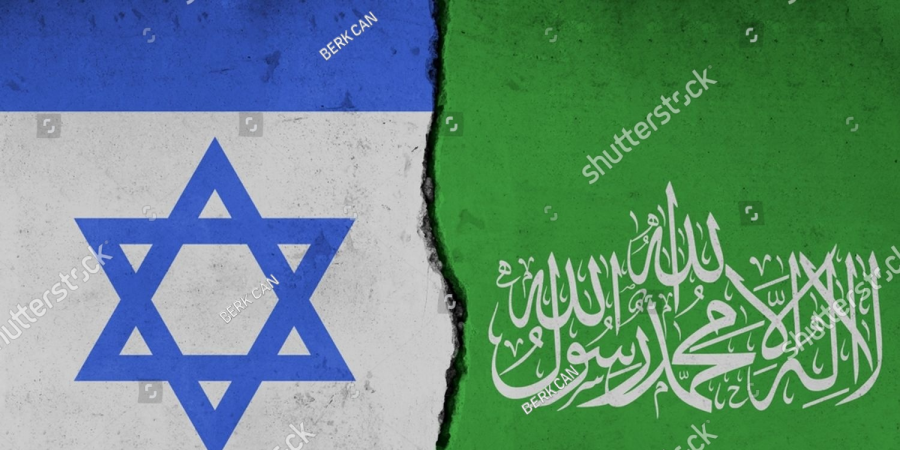

The ongoing conflict in Gaza, marked by frequent escalations and cycles of violence, has reignited discussions globally about the possibility of achieving a ceasefire. Given the toll on human life, infrastructure, and regional stability, many hope for an end to hostilities. However, achieving a ceasefire in Gaza involves a highly complex interplay of local, regional, and international factors. Here, we explore the current dynamics influencing the potential for a ceasefire, the challenges involved, and what the future may hold.
The conflict in Gaza is deeply rooted in a broader, long-standing Israeli-Palestinian conflict. Gaza, governed by Hamas since 2007, has been a focal point of Israeli-Palestinian tensions. Periods of calm have historically been shattered by escalations, with each party citing provocations from the other. In recent years, Gaza has seen repeated escalations, often ignited by political developments, changes in Israeli leadership, or regional influences. The current conflict has seen even greater intensity, drawing global condemnation and triggering a humanitarian crisis.
The human toll has fueled calls for a ceasefire from various international actors, including the United Nations, European Union, and numerous non-governmental organizations. The destruction of homes, schools, and hospitals in Gaza has caused an uproar globally, emphasizing the humanitarian need for a ceasefire. Civilians on both sides are enduring trauma, loss, and instability, which only adds urgency to ceasefire negotiations.
However, humanitarian concerns alone have often proven insufficient to bring about lasting ceasefires in Gaza. Instead, these ceasefires are generally more influenced by political and military considerations, which tend to outweigh humanitarian needs in the calculations of the involved actors.
To understand the potential for a ceasefire, it’s essential to examine the political and military objectives of the primary players in the conflict: Israel and Hamas.
Israel’s Perspective: Israel often cites security concerns as the primary reason for its actions in Gaza, aiming to weaken Hamas’ military capabilities. While Israel faces domestic and international pressure to cease its operations, it is likely to continue military action until it achieves a certain level of strategic advantage. Any ceasefire Israel might consider would likely come with demands for Hamas to demilitarize or at least scale back its operations. Additionally, political considerations, such as public opinion in Israel, especially during election cycles or leadership transitions, play a crucial role in determining Israel's stance on ceasefire negotiations.
Hamas’ Perspective: For Hamas, its resistance against Israel is central to its identity and political base. Ceasefires with Israel are often seen as temporary “truces” rather than a permanent end to hostilities, given Hamas’s stated goal of ending Israeli control over Palestinian territories. Any ceasefire agreement for Hamas would likely include demands for lifting the blockade on Gaza, easing restrictions, and addressing broader Palestinian grievances, including those in the West Bank and East Jerusalem.
Historically, regional actors such as Egypt and Qatar have played significant roles in mediating ceasefires between Israel and Hamas. Egypt, due to its proximity and political interests, has often served as a broker, with Qatar providing financial aid for Gaza as part of ceasefire incentives. The United States, while traditionally a strong ally of Israel, has in recent years shown interest in pushing for a temporary halt in hostilities, especially as conflicts draw media attention and public concern worldwide.
The global community, particularly Western countries, may pressure Israel and Hamas into a ceasefire for reasons of regional stability. However, despite growing international pressure, the success of any ceasefire agreement would depend on the ability of mediators to address the security concerns of Israel and the political and economic demands of Hamas.
While temporary ceasefires have been implemented in the past, achieving a lasting ceasefire in Gaza faces several significant challenges:
Mistrust Between Parties: Years of conflict have eroded trust between Israel and Hamas. Ceasefires are often viewed as tactical pauses rather than genuine steps toward peace.
Complex Regional Dynamics: Other regional actors, such as Iran, play a role in supporting Hamas, complicating the calculus for Israel, which views Iranian influence in Gaza as a direct threat. This has led Israel to pursue a strategy aimed at reducing Hamas’ military capacity rather than negotiating a long-term peace with it.
Lack of Political Will for a Comprehensive Peace Process: While ceasefires are possible, the absence of a comprehensive peace process leaves underlying issues unresolved, leading to repeated breakdowns in agreements. Both Hamas and the Israeli government lack the political impetus to negotiate broader peace terms due to internal political pressures.
Given these dynamics, the most likely outcome for Gaza in the near term is another temporary ceasefire, possibly brokered by Egypt or Qatar. This would ease hostilities momentarily and provide some relief to civilians but may ultimately prove short-lived without addressing deeper issues such as the blockade on Gaza, the status of Jerusalem, and Palestinian sovereignty.
A lasting ceasefire would require a fundamental shift in both Israeli and Hamas’ positions, a prospect that appears distant under current conditions. This kind of ceasefire would likely only come with significant changes in regional alignments, international pressure, or major political shifts within Israel and among Palestinian leaders.
While the prospects for a ceasefire in Gaza are tenuous, the international community continues to call for an end to the violence, and mediators are likely to continue pushing for temporary truces. For now, the best hope is for a sustained ceasefire agreement that provides humanitarian relief to Gaza’s population, reduces military escalation, and opens channels for longer-term dialogue. However, unless both Israel and Hamas are willing to address the underlying causes of the conflict, a lasting and comprehensive ceasefire will remain elusive, and Gaza’s cycle of violence may sadly continue.


